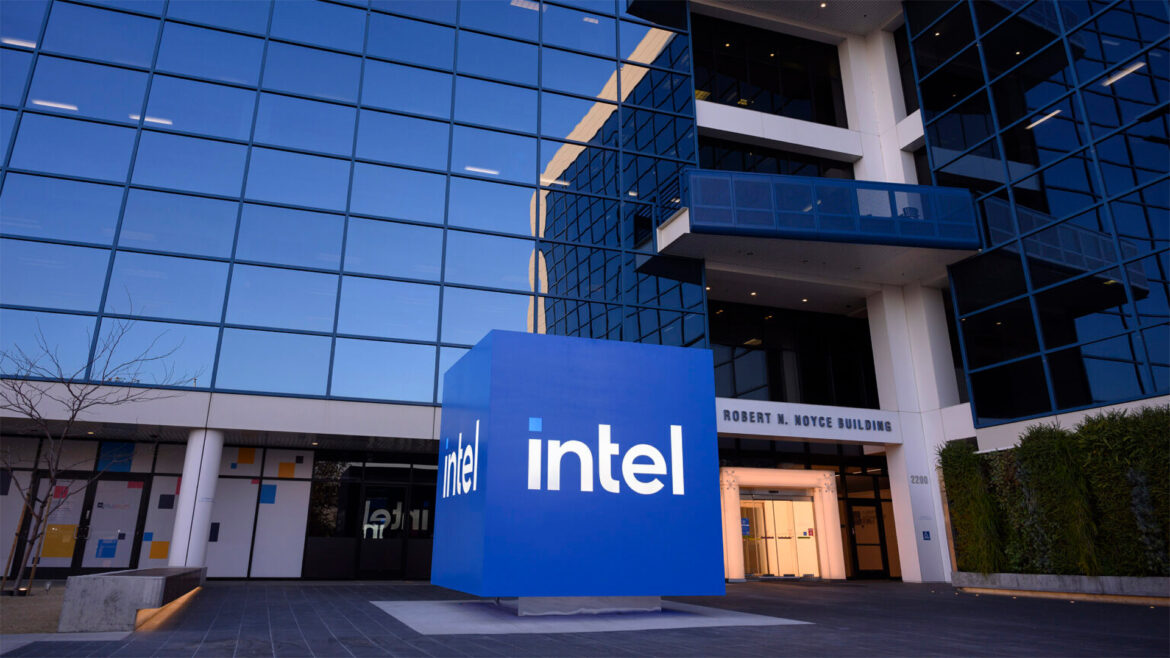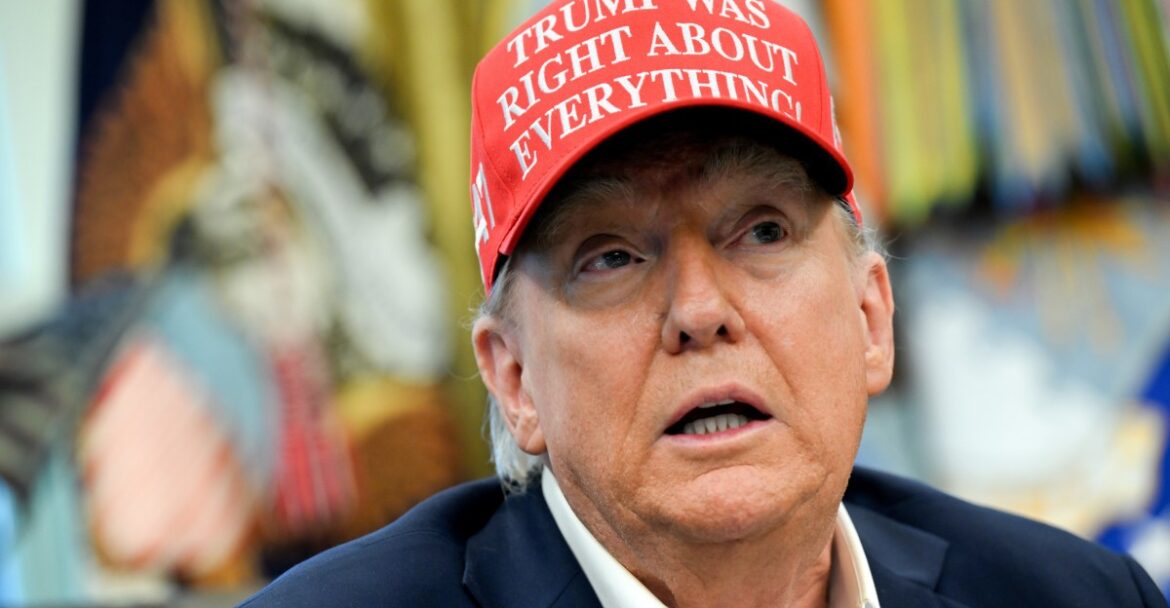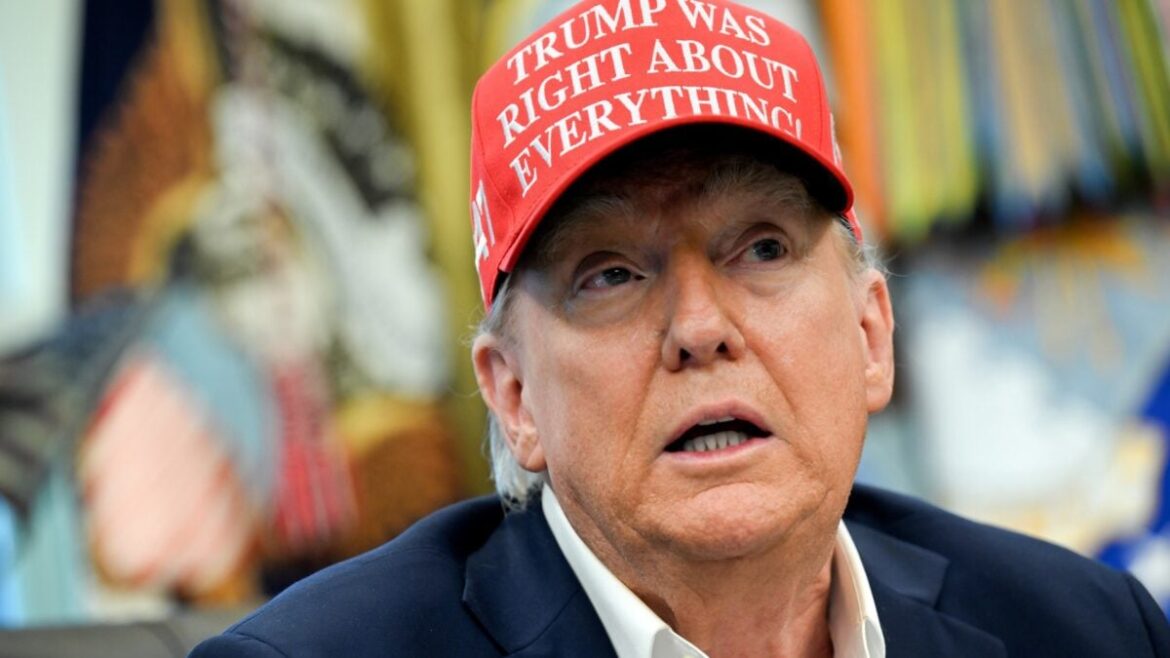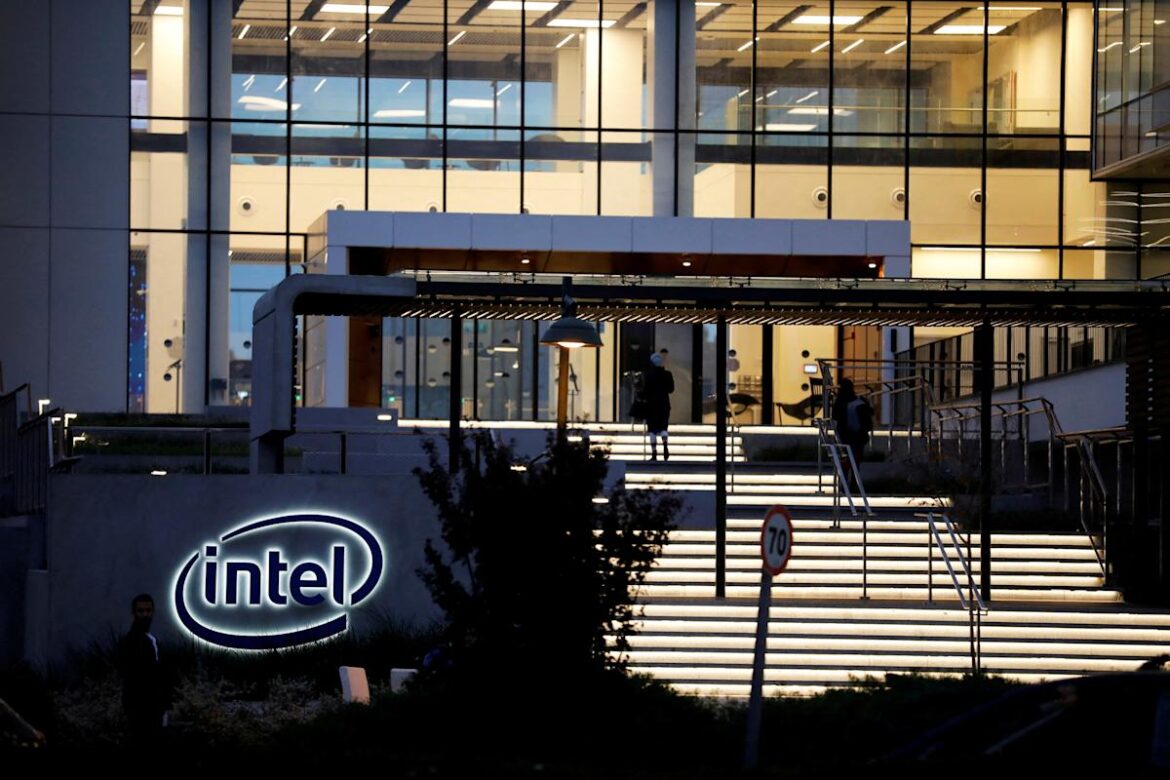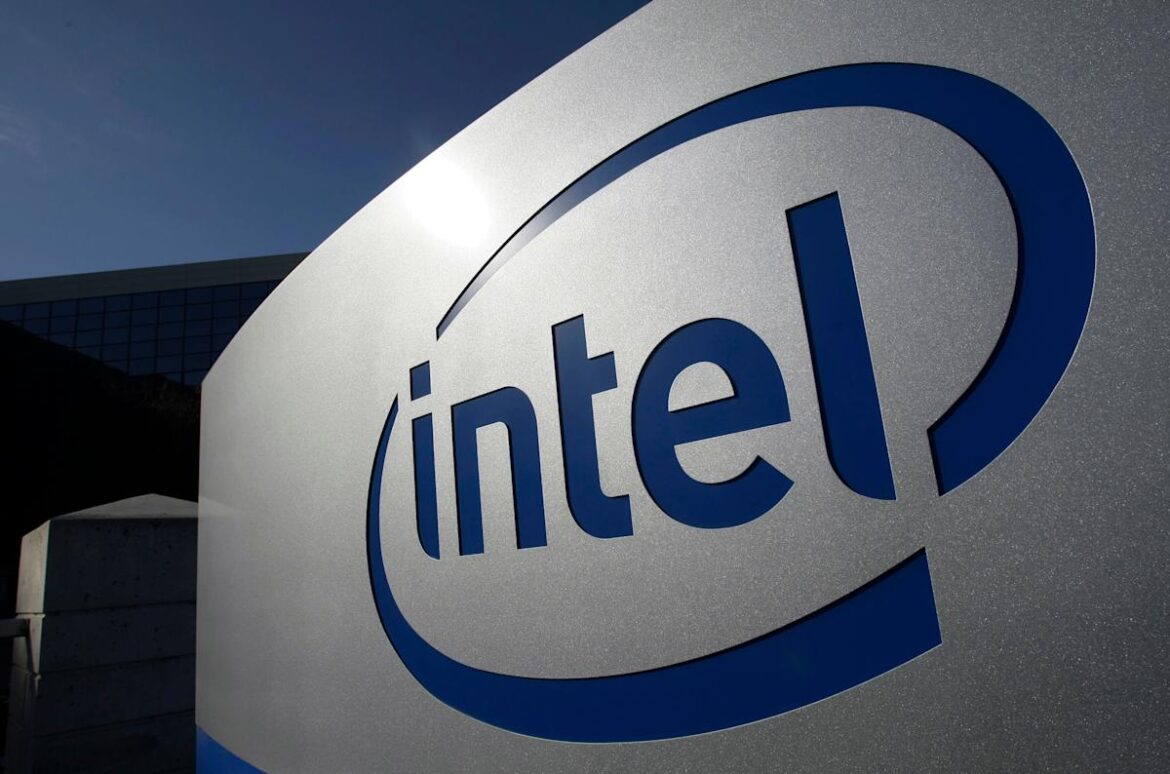- Intel’s Michelle Johnston Holthaus leaves the company after 30+ years
- Further leadership roles appointed, including a new hire
- CEO Lip-Bu Tan wants to flatten company leadership
Senior Intel exec Michelle Johnston Holthaus will be departing the company after more than three decades, including a short stint as interim co-CEO with David Zinsner after ex-CEO Pat Gelsinger’s departure.
Holthaus’ most recent role as Chief Exec of Products comes to a close after 10 months, and the company will not be rehiring for this role.
Acknowledging Holthaus’ transformational impacts, new CEO Lip-Bu Tan noted: “She has made a lasting impact on our company and inspired so many of us with her leadership.”
You may like
Intel announces major leadership shakeups
The company also announced the appointment of Kevork Kechichian as EVP & GM of Data Center Group, bringing more than 30 years’ chip industry experience from Arm, NXP Semiconductor, Qualcomm and more.
Jim Johnson becomes SVP & GM of Client Computing Group after around four decades at Intel, Srinivasan Iyengar becomes the head of a new Central Engineering Group, and Naga Chandrasekaran steps up at EVP & CTO of Intel Foundry to oversee development, manufacturing and go-to-market.
The changes come amid Intel’s ongoing efforts to flatten its hierarchical structure, resulting in more leaders reporting directly to Tan. By streamlining operations, cutting jobs and rebuilding its engineering culture, Tan hopes Intel can reposition itself to succeed going forward.
The news comes a couple of weeks after Intel reached an agreement with President Trump, whereby the US Government would invest $8.9 billion in Intel to help strengthen its position and bolster domestic American manufacturing.
A move that has drawn its fair share of public scrutiny, including remarks made by Intel itself about the potential implications of having such political backing.
Intel shares are up 21% this year to date, but the company’s market cap ($113.87 billion) falls far behind that of Nvidia ($4.097 trillion), now ranked as the world’s most valuable company.


